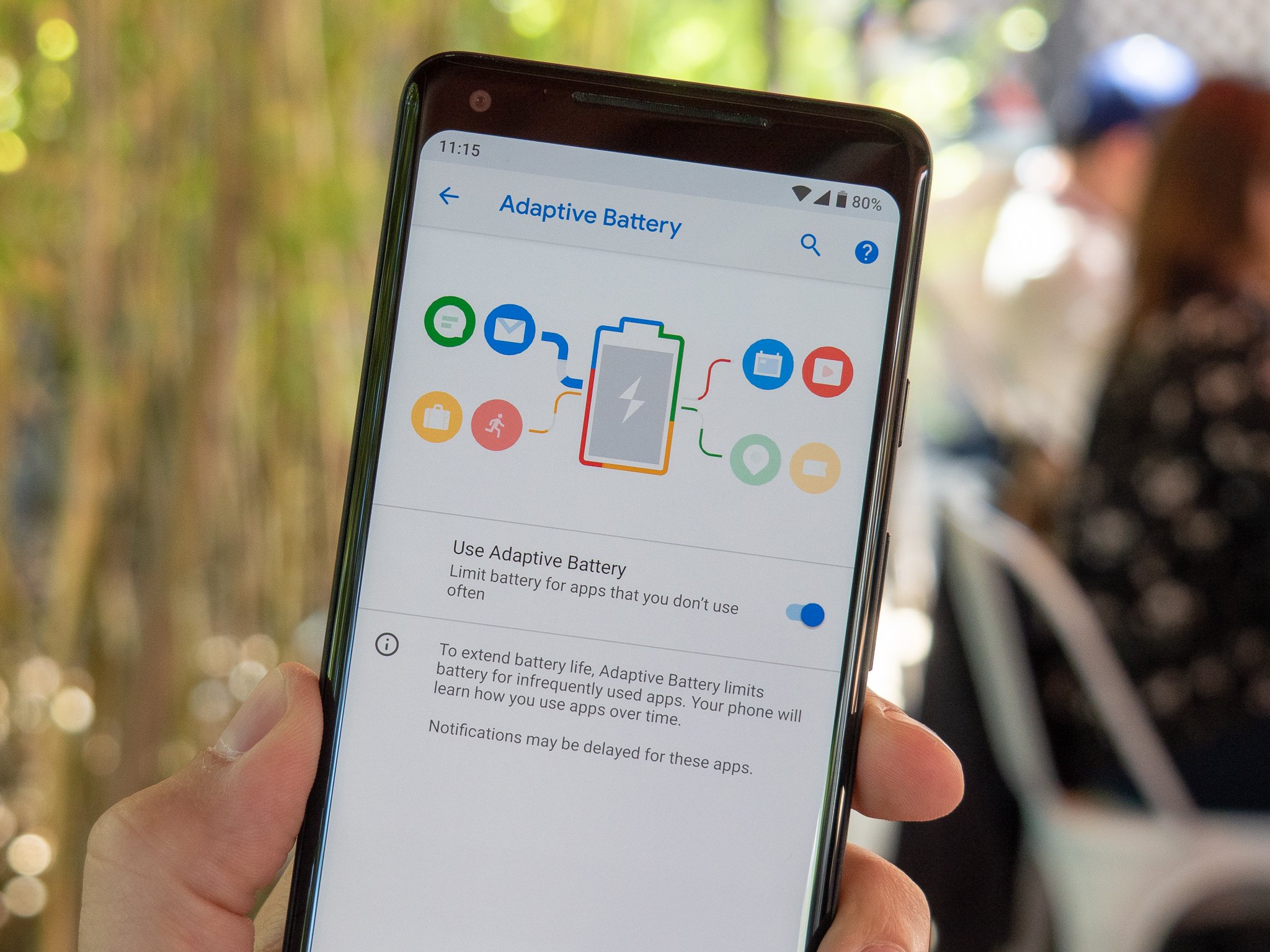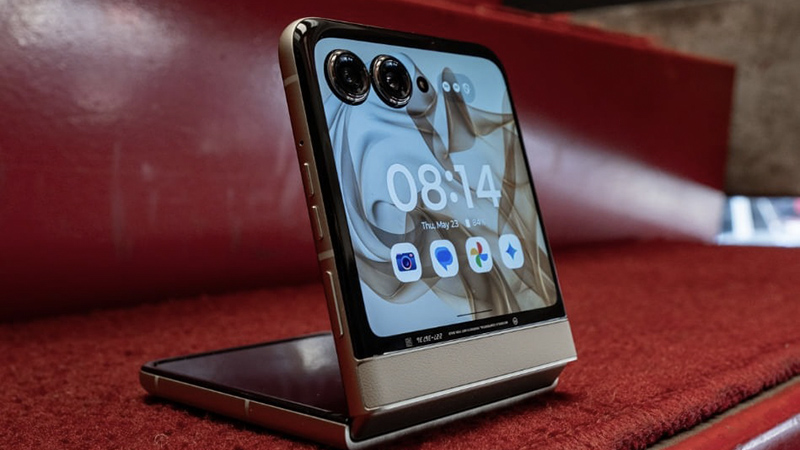How to save battery life on Android Pie

With the industry as a whole gravitating toward thinner phones, manufacturers are coming up with new ways to conserve battery life. For instance, Huawei is known to implement aggressive battery saving measures in EMUI, and it tends to get so extreme at times that the feature is known to break core Android apps, or cause a media player to blacklist all Huawei devices entirely.
With Android 9 Pie, Google is addressing the problem head-on by rolling out a set of tools that improve battery life. There's a new Adaptive Battery mode that leverages machine learning to understand your daily app usage, allowing only apps that see regular usage to run in the background. Then there's Background Restrictions, which lets you limit access to apps that continue to utilize a lot of system resources in the background. Google has also introduced a new auto brightness mode that intelligently adjusts brightness based on the ambient light in your environment.
With Android Pie officially out now, it's time to take a look at how the upcoming version of Android delivers better battery life in day-to-day usage.
Restricted apps
A welcome addition to Android Pie is Background Restrictions. The power management feature is a part of the larger Google initiative to improve stability and performance of all Android devices.
Pie lets you restrict misbehaving apps from using background resources. If an app designed for an older version of Android (API level 26 or lower) is using wake lock when the screen is off or utilizing excessive background resources, then the OS notifies you and gives you an option to limit that app's access to system resources.
On devices like the Pixel, these restricted apps won't be able to access the network or invoke the scheduler unless they're in the foreground. Furthermore, Google is actively restricting the amount of network activity background apps can access. Google even made an index of the actions that would constitute bad behavior for a particular app.
Adaptive Battery
Adaptive Battery is a nifty feature in Android P that limits background usage for apps that you don't use often. What it means is that apps that you regularly use will load instantly as the OS learns your usage patterns over time.
Be an expert in 5 minutes
Get the latest news from Android Central, your trusted companion in the world of Android
For example, if you open Instagram first thing in the morning, scan through your timeline for a few minutes and don't return to the app until a few hours later, the AI will learn to anticipate that behavior and limit its background usage.
From Android Framework group product manager Benjamin Poiesz, in an interview with Ars Technica:
Adaptive battery was one of those ones where we're trying to get better and better predictions about what we think you're going to be using, so then those things can be allowed to run more, and the things that we don't think will be used, we're deferring them.
This is just the start
Alongside the AI-assisted battery saver mode, Google is implementing several under-the-hood changes that deal with how background tasks are handled on phones with two sets of cores. Most phones in the market today offer eight cores, and they're split into two clusters: a set of four energy-efficient cores that are designed to prolong battery life, and a set of high-performance cores for when you need all available resources. Starting with Android Pie, Google is delineating core usage when the screen is off to restrict the idle battery drain.
There's an excellent breakdown on how the battery-related fixes coming to Pie will deliver better battery life over at Ars Technica, so be sure to take a look if you're interested in learning more. For instance, if you're streaming music on your phone, it makes sense to pre-download songs as it saves the modem from having to engage constantly.
As for real-world usage, I'm seeing a considerable uptick — to the tune of 10 to 15 percent — in battery life on the first-gen Pixel running the Android P beta. That was the case from the initial Android P beta builds, and with Google constantly squashing bugs and ironing out issues, battery life figures will only go up.
What has your experience been like using Android Pie? Share your thoughts in the comments below.

Harish Jonnalagadda is Android Central's Senior Editor overseeing mobile coverage. In his current role, he leads the site's coverage of Chinese phone brands, networking products, and AV gear. He has been testing phones for over a decade, and has extensive experience in mobile hardware and the global semiconductor industry. Contact him on Twitter at @chunkynerd.
